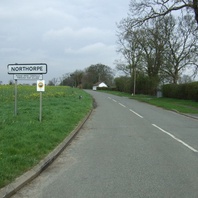
Viking Names
Northorpe
Northorpe, in the West Riding of Lindsey of Lincolnshire was originally a simplex place-name from Old Norse þorp ‘outlying farm, settlement’. Old English norð ‘north, northern’ was prefixed to distinguish Northorpe from Southorpe, which is now a deserted medieval village.
Read More
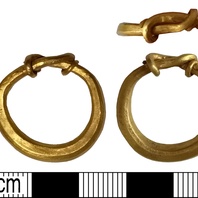
Viking Objects
Gold Finger Ring (DENO-F22E58)
This gold finger ring is made of a curved rod with a rectangular cross-section and bevelled edges. Rings like this with knotted ends are typically Scandinavian. Some examples of plain rings like this one were strung on bracelets in Scandinavia.
Read More

Viking Names
Perlethorpe
Perlethorpe, in the Bassetlaw Wapentake of Nottinghamshire, was originally a simplex name from the Old Norse element þorp ‘outlying farm, settlement’. The first element derives from the family name Peverel and was added at a later date possibly because the estate became associated with this family. Perlethorpe is a joint parish with Budby.
Read More
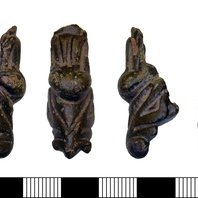
Viking Objects
Zoomorphic Stirrup Terminal (LEIC-F1C6D4)
This example of an Anglo-Scandinavian stirrup terminal features a beast-like form with a projecting snout and large flared nostrils.
Read More

Viking Names
Hunhild
Húnhildr is a postulated Old Norse female name of possible Anglo-Scandinavian origin. The first element of the name is Hún- of doubtful origin either from Old Norse húnn ‘bear-cub’ or perhaps Primitive Scandinavian hūn ‘high’. The second element of the name is –hildr ‘battle’. The name appears to be the first element in the field-name Hunildehus in Wildmore, Lincolnshire, which was recorded c. 1200.
Read More

Viking Names
Cadeby
Cadeby, in the North Riding of Lindsey of Lincolnshire, comes from the Old Norse male name Káti and Old Norse bý ‘a farmstead, a village’ Cadeby is a joint parish with Wyham.
Read More

Viking Names
Thorwif
Þorwīf is a postulated Anglo-Scandinavian hybrid name formed from the Old Norse element Þor– from the god Þórr ‘Thor‘ combined with the Old English element wīf ‘woman, wife’. Forms of Þorwīf are attested in medieval Yorkshire charters.
Read More
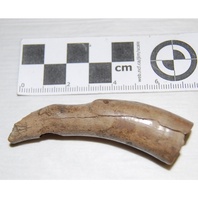
Viking Objects
Zoomorphic Knife Handle (L.A67.1864.2.0)
This bone knife handle was carved into the head of a dragon with the snout broken off. This handle is typical of the sorts of small knives that people carried for everyday use in the Viking Age. They would have been worn suspended from a belt or hung from a brooch. As general utility knives, they would have been used for everything from eating to trimming one’s nails.
Read More
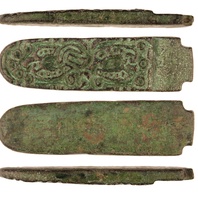
Viking Objects
Jellinge Style Die (LCNCC:1999.27)
This copper alloy metalworker’s die was used for manufacturing decorated pressblech foils. It features an intertwined zoomorphic design in the Jellinge style which was a popular Scandinavian style in the tenth century.
Read More
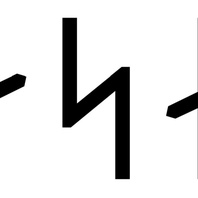
Viking Names
Asa
Ása was a common name throughout Scandinavia, including quite a few examples in Swedish and Danish runic inscriptions, but used fairly sparingly in Iceland. There are three examples in Domesday Book for Yorkshire. It is a short form for Old Norse names in Ás- from áss, óss ‘a god’.
Read More
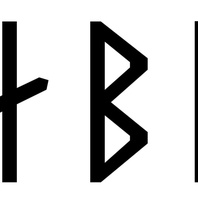
Viking Names
Api
Api is an original byname meaning ‘fool’. It is possibly found in the Norwegian place-name Apnes and there are a few instances in Old Danish, including perhaps, the runic forms abi and aba, although these forms may rather derive from Abbi or Æbbi. It is the first element in Apedale, North Yorkshire and Apethorpe, West Yorkshire.
